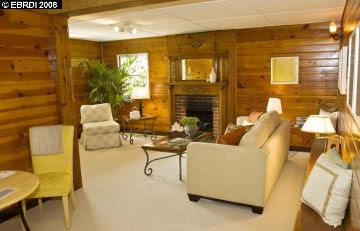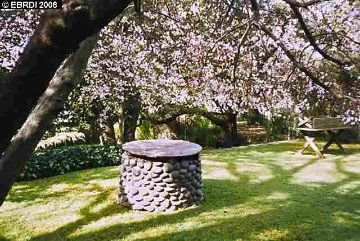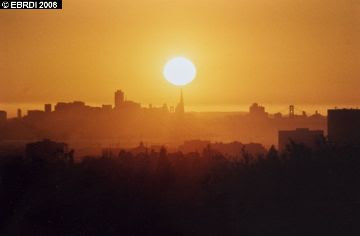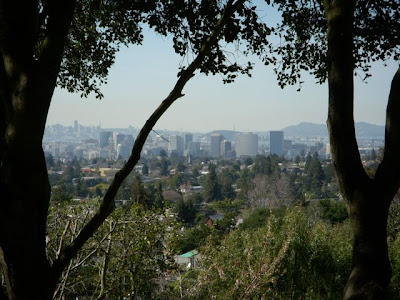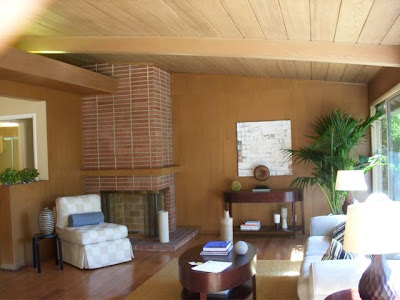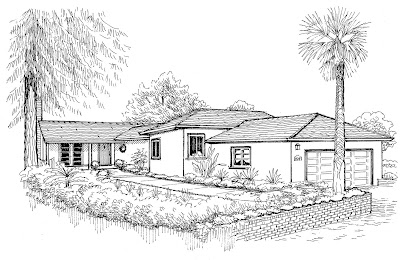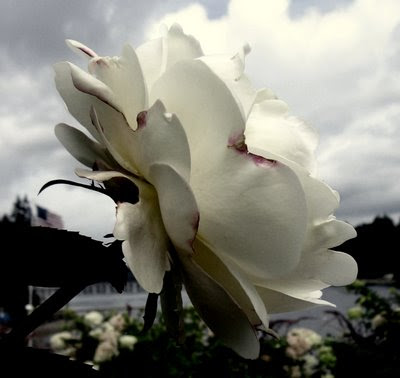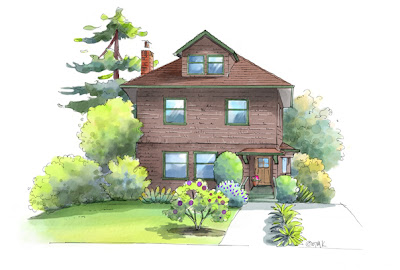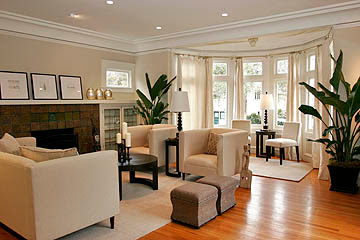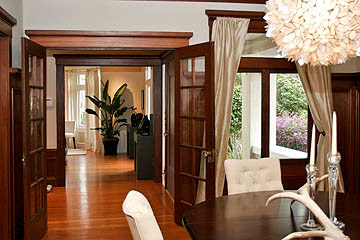1964 Eichler Home
Mid-Century modern is an architectural, interior and product design form that generally describes post-war developments in modern design from roughly 1945 to 1965. Mid-century architecture was a further development of Frank Lloyd Wright's principles of organic architecture combined with many elements reflected in the International and Bauhaus movements. Mid-century modernism, however, was much more organic in form and less formal than the International Style. Scandinavian designers and architects were very influential at this time, with a style characterized by simplicity, democratic design and natural shapes. Like many of Wright's designs, Mid-Century architecture was frequently employed in residential structures with the goal of bringing modernism into America's post-war suburbs. This style emphasized creating structures with ample windows and open floor-plans with the intention of opening up interior spaces and bringing the outdoors in. Many Mid-century homes utilized then groundbreaking post and beam architectural design that eliminated bulky support walls in favor of walls seemingly made of glass. Function was as important as form in Mid-Century designs with an emphasis placed specifically on targeting the needs of the average American family. Examples of residential Mid-Century modern architecture are frequently referred to as the California Ranch style.
Pioneering builder and real estate developer Joseph Eichler was instrumental in bringing Mid-Century Modern architecture to subdivisions in California and select housing developments on the east coast.
Well-known designers of the mid-century modern era include: Alvar Aalto, Al Beadle, Harry Bertoia, Chris Choate, Thomas Scott Dean, Charles and Ray Eames, Craig Ellwood, Max Gottschalk, Ralph Haver, Edith Heath, Arne Jacobsen, A. Quincy Jones, Louis Kahn, Denys Lasdun, Cliff May, Paul McCobb, George Nelson, Richard Neutra, Isamu Noguchi, Harvey Probber, Jens Risom, Eero Saarinen, Rudolf Schindler, Avriel Shull, Alison and Peter Smithson, Raphael Soriano, Hans Wegner, Russel Wright, and Eva Zeisel.
From Wikipedia, the free encyclopedia
Photo from the California Online Archives



